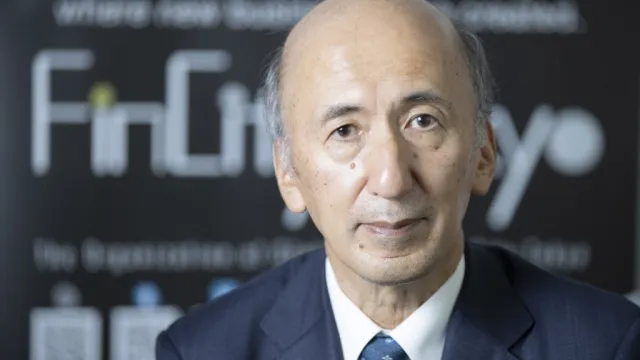
3 consequences of HKMA's tightening of mortgage debt availability
There is always more debt than we can see, says Barclays.
Here's more from Barclays:
Deposit affordability will focus investors on the bottom-end of market
Increased mortgage borrowing constraints are likely to encourage property investors with sufficient equity into the cheaper, lower rungs of the housing ladder. This is consistent with the recent increased low-end housing transaction activity and property agency Midland’s observation that ‘investor enquiries for cheaper units have notably increased’.
First-time buyers whose affordability is already stretched – click here for our report ‘Hong Kong Property: Deposit Boxes: Why first-buyers can no longer afford homes’ of 22 August 2012 – will find themselves crowded out of the market by investors who perceive there to be little risk associated with an investment in a home and are more concerned about maximising exposure to property than driven by income affordability.
This is likely to lead to a property market dominated by property investors that tend to think of their properties as liquid investments, whose discretionary nature means that stock and demand levels can switch quickly.
There is always more debt than we can see
Investors with insufficient equity will likely seek other sources of debt to make up their funding shortfall. Given the low rates of borrowing and the continued rapid rise in home prices, paying higher borrowing costs is unlikely to deter many investors. As always in the case of asset bubbles, the availability of credit beats the price of credit.
Since April 2011, when mortgage rates started rising, banks have approved mortgage refinancing loans of HK$57bn (US$7.3bn) much of which is likely to have found its way back into the property market. Although the HKMA is trying to reduce refinancing activity, many property investors are likely to continue to use the equity in their homes to finance their property investments.
Limited loan-to-value ratios will also likely encourage demand to shift from the secondary market to the primary market as developers’ top-up mortgages allow higher borrowing levels than generally achievable in the secondary market. This will mean a good take-up rate for primary projects but that more transactions are completed on a sale-and-leaseback basis in which developers retain part-ownership of their property sales.
Investors are also likely to use personal and corporate loans or access Hong Kong’s shadow banking for top-up loans. The HKMA estimates that shadow bank lending in Hong Kong accounts for only 1% of system loans, but notes that personal and property lending by domestic finance companies is on the rise.
As a result, while the HKMA’s measures are unlikely to lower household leverage rates, they are likely to increase debt servicing costs.
Higher prices on lower liquidity
Mortgage lending constraints are likely to limit secondary supply and raise asking prices as homeowners aim to stay fully exposed to property.
On the supply side, with little alternative investment opportunities and no pressure on existing mortgage rates, many homeowners are simply going to sit and wait as they pay down their mortgage debt. Those that are considering upgrading are likely to price their homes above market prices, selling only if they get an offer that provides them with the equity to upgrade.
At the same time, given that house prices are set at the margin, purchased by the highest offer and with no opportunity for short-selling, a small fraction of optimistic property investors will be sufficient to increase prices. Hence, lower supply and strong investment demand will likely lead to a period of rising prices and lower transaction volumes.








![Cross Domain [Manu + SBR + ABF + ABR + FMCG + HBR + ]](https://cmg-qa.s3.ap-southeast-1.amazonaws.com/s3fs-public/styles/exclusive_featured_article/public/2025-01/earth-3537401_1920_4.jpg.webp?itok=WaRpTJwE)









 Advertise
Advertise


